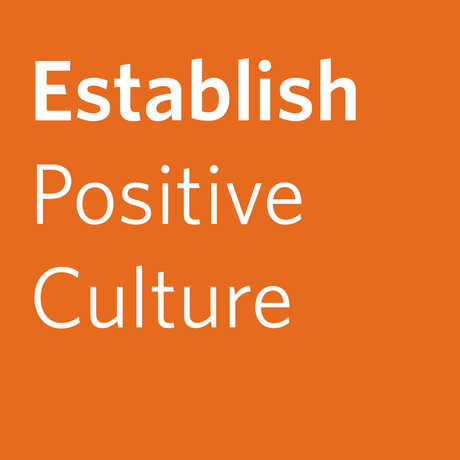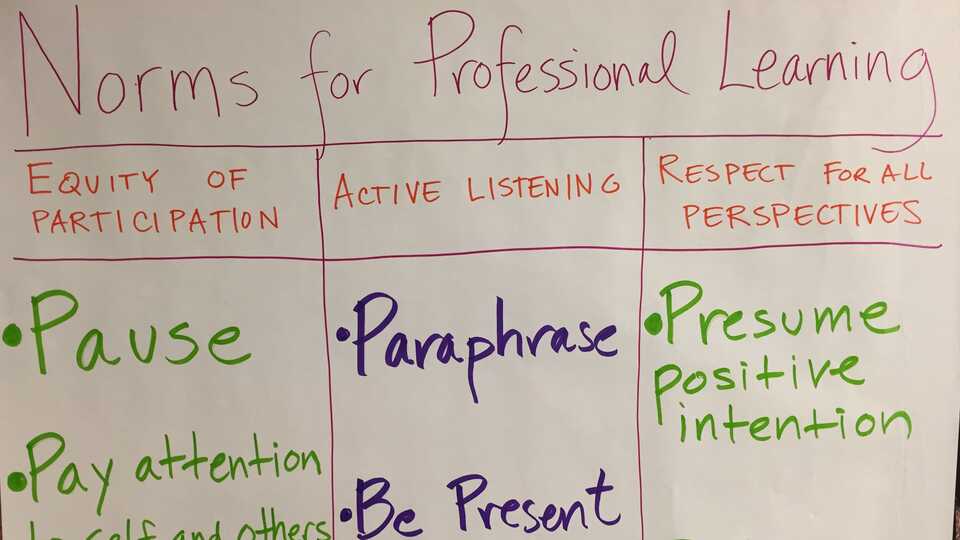
Print this library to share with your team!

It’s not always necessary to create your own norms from scratch! This curated collection of existing sets of norms (also referred to here as “guidelines” or “mindsets”) is in no way meant to be comprehensive. Selected resources include norms that work well in a variety of professional learning settings, as well as some designed for very specific situations. Choose norms directly from one or more of these resources, or use them as inspiration for you or your team.
Source: The Teacher Institute on Science and Sustainability (TISS)
Context and Purpose: This set of norms was crafted to support a professional learning community of elementary teachers through a two-year intensive professional learning experience. These norms explicitly support constructive behaviors like “Equity of Participation,” which is key in building trust, and a “Spirit of Inquiry.” Both are necessary for taking on the role of the learner in adult-level science investigations. Sentence frames attached to norms make them easy to immediately put into practice.
Examples from this resource:
Source: Adaptive Schools via the Thinking Collaborative
Context and Purpose: This is one of the original sources for the above Norms for Professional Learning, and is in fact used by multiple organizations to establish both short-term and long-term professional learning relationships. This toolkit provides additional tools, including further explanation of the seven norms, guidance in using them, and posters for displaying them.
Examples from this resource:
Source: National School Reform Faculty (NSRF)
Context and Purpose: This is an example of norms, or “guidelines” created for a very specific purpose. To quote the resource itself, “When looking at student work in order to learn from it, having a shared set of guidelines helps everybody participate in a manner that is respectful as well as conducive to effective feedback.” The LFSW link provides a clear explanation of each guideline, as well as its importance to this type of work. It also includes a brief list of guidelines for facilitators of this kind of session.
Examples from this resource:
Source: Stanford d.school
Context and Purpose: Explore the d.school’s resources for teachers getting started with design thinking in the classroom, which comes from the K12 Lab Network. Included in the downloadable resources is a presentation for introducing and explaining the mindsets which underpin the design thinking process. Another downloadable resource, the Facilitator’s Guide, advises drawing these out of the discussion debriefing the design thinking process.
Example mindsets: